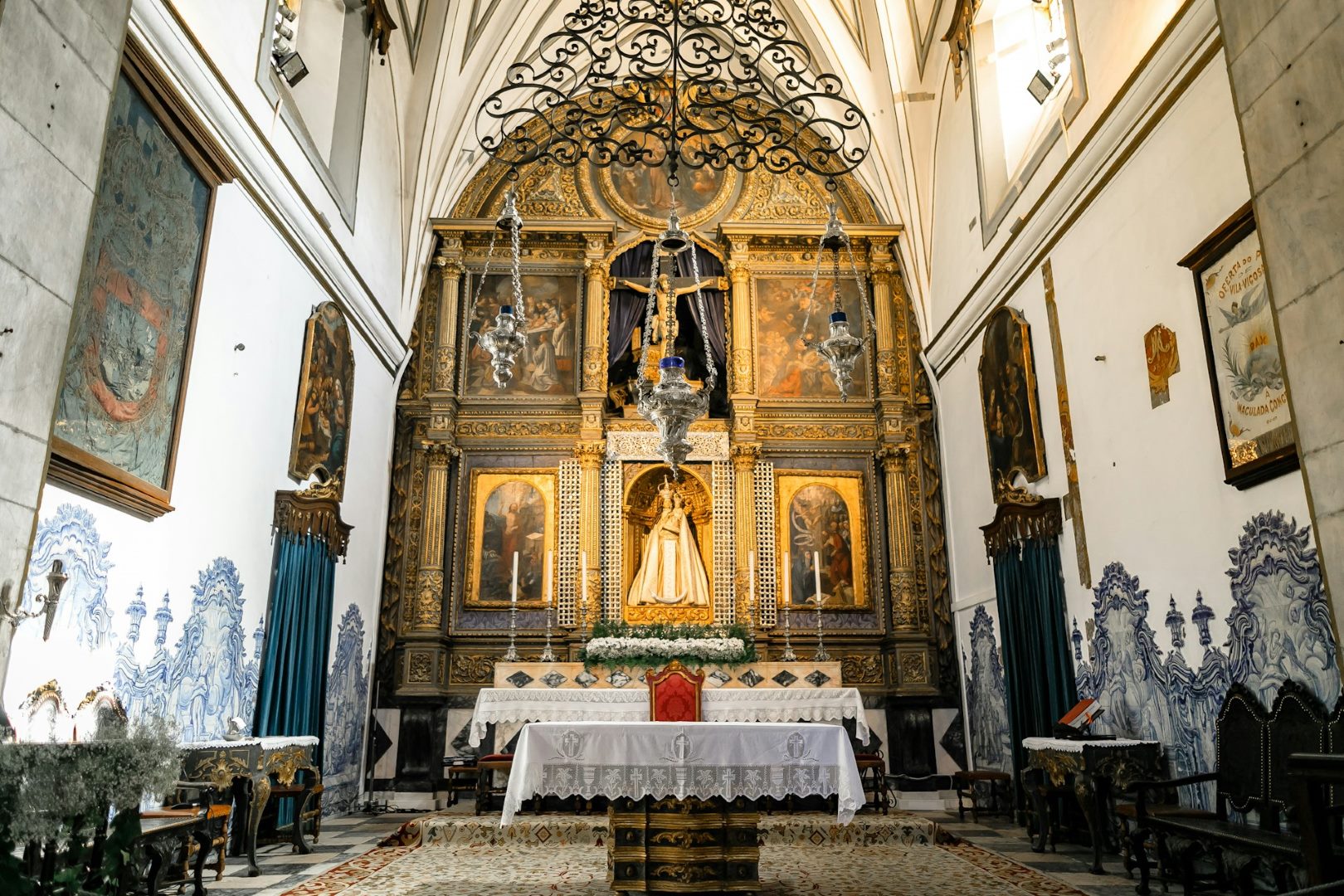Introduction
Our Lady of Sorrows, also known as the Blessed Virgin Mary, Mother of Sorrows, or Mater Dolorosa, is a significant figure in the Christian tradition. Her portrayal as the grieving mother of Jesus Christ has resonated with countless believers throughout history. This blog post will delve into the origins, history, symbolism, and devotion associated with Our Lady of Sorrows.
Origins and History
The devotion to Our Lady of Sorrows predates Christianity and can be traced back to the ancient Greek and Roman goddesses of mourning, such as Demeter and Niobe. However, it was during the Middle Ages that the cult of Our Lady of Sorrows gained significant popularity in Europe.
In 1236, Pope Gregory IX established the feast of Our Lady of Sorrows, which is celebrated on September 15th. The feast was initially known as the Feast of the Seven Dolors, referring to the seven sorrows that Mary is said to have endured throughout her life:
- The prophecy of Simeon at the presentation of Jesus in the temple (Luke 2:34-35)
- The flight into Egypt (Matthew 2:13-15)
- The loss of the Child Jesus in the temple (Luke 2:41-51)
- Meeting Jesus on the way to Calvary (Luke 23:26-31)
- Standing at the foot of the cross (John 19:25-27)
- Receiving the dead body of Jesus (Luke 23:50-56)
- The burial of Jesus (John 19:38-42)
Symbolism and Iconography
Our Lady of Sorrows is often depicted in art and literature as a young woman with a sorrowful expression, typically dressed in dark blue or black. She is frequently shown clutching a sword or a bundle of arrows that pierce her heart, symbolizing her pain and suffering.
Other common symbols associated with Our Lady of Sorrows include:
- A crown of thorns, representing the pain and suffering of Christ
- A veil, representing modesty and humility
- A scroll, inscribed with the words “Ecce Mater Tua” (“Behold your Mother”), which she is said to have spoken to John the Apostle at the foot of the cross
Devotion and Practices
The devotion to Our Lady of Sorrows has inspired various practices among Christians, including:
- The Way of the Cross: A prayerful devotion that commemorates the journey of Jesus from Pilate’s house to Calvary
- The Rosary of the Seven Sorrows: A devotion that consists of meditating on the seven sorrows of Mary while praying the rosary
- Novenas and novenaries: Nine-day periods of prayer and devotion to Our Lady of Sorrows
- Shrines and pilgrimages: There are numerous shrines and pilgrimage sites dedicated to Our Lady of Sorrows around the world, including the National Shrine of Our Lady of Sorrows in Basilica Hudson, New York, and the Shrine of Our Lady of Sorrows in San Giovanni Rotondo, Italy
Saintly Advocates
Throughout history, several saints have been known for their devotion to Our Lady of Sorrows, including:
- St. Alphonsus Liguori: An Italian bishop and theologian who was a fervent advocate of the devotion to Our Lady of Sorrows
- St. Francis de Sales: A French bishop and doctor of the Church who promoted the devotion to Our Lady of Sorrows as a means of growing in love and compassion
- St. Teresa of Calcutta: A Catholic nun who founded the Missionaries of Charity and dedicated herself to serving the poorest and most vulnerable, often invoking the intercession of Our Lady of Sorrows
Conclusion
Our Lady of Sorrows serves as a powerful symbol of compassion, strength, and resilience. Her story reminds us of the challenges and sorrows that we all encounter in life, and of the hope and consolation that we can find in God. Through her intercession, may we grow in love, compassion, and fidelity to our Lord Jesus Christ.



